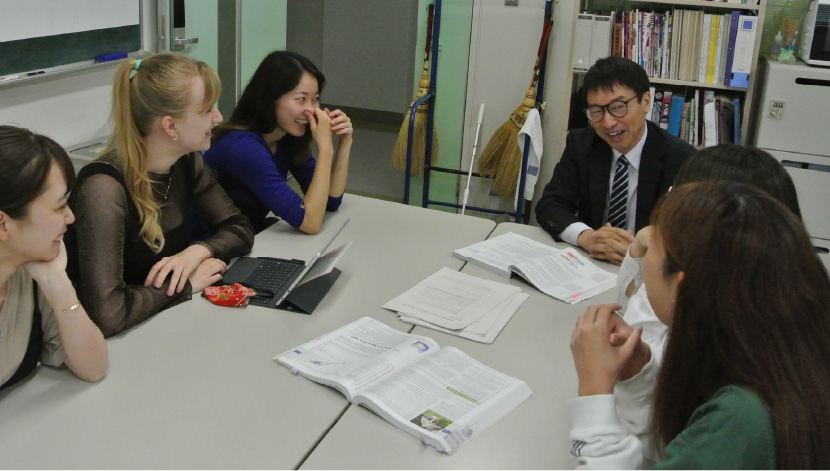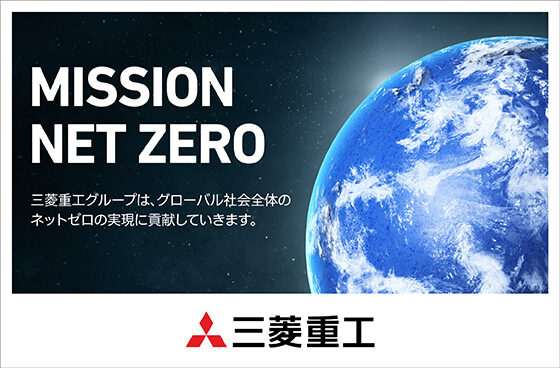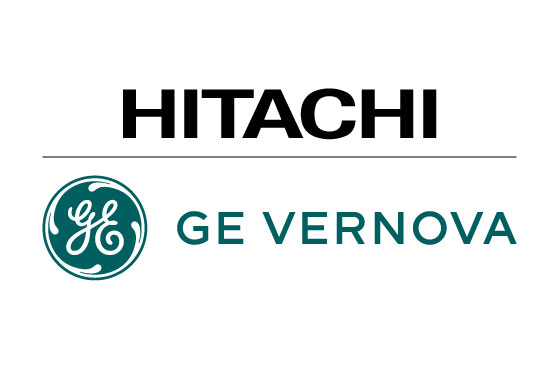Fukushima’s Current Issues Will Be Faced by Japan’s Regional Cities in the Future
Akutagawa later served as associate professor at the same institute’s Department of Business Communication, becoming professor in the department in April 2016. He specializes in urban economics and regional economics. He serves concurrently as vice president of the college (in charge of research and regional coordination), director of the Center for Environmental Technology and Community Liaison (CETCL), and director of the Department of Business Communication.
Professor Akutagawa has been working to reconstruct the Hama-Dori region of Fukushima and toward resolving future issues for provincial cities. We asked him—with his keen eye and from his perspective as a social scientist—about his activities this past decade and about what lies ahead.
The professor thinks that the problems which Fukushima Prefecture faces as a result of the accident at the Fukushima Daiichi Nuclear Power Plants (NPPs) are the same ones that cities throughout Japan (outside of the capital) will face three decades from now. He urged everyone to recognize that those problems are theirs, too, and not just someone else’s. He emphasized the importance of getting involved in the reconstruction of Fukushima at the grassroots level. He called on people in Japan, as well as those in other countries, to think together, because their own futures will be brightened if the problems in Fukushima can be solved.
– A full decade has elapsed since the accident. What are your thoughts now? Reflecting upon the hard times after the accident, what were some of the difficulties, and what was most rewarding?
Akutagawa: I honestly don’t know if we should say that it’s been “already a decade” or “just a decade” since the accident. The state of people’s existence in the area is peaceful, and people are reclaiming their lives. The problems, however, that befell Fukushima Prefecture as a result of the accident will, I think, be the same issues that provincial cities in Japan (that is, outside the Tokyo metropolitan area) will be facing three decades from now. We all have to consider—now—what measures need to be implemented for such problems, but it is clear to me that grassroots views and thoughts are not listened to.
Funds are allocated readily for proposals made by the authorities, but not so when support is requested for local projects. I have never managed to obtain a national subsidy for anything. For example, in the operation of bus services to support reconstruction—a project in which I myself got involved in—the municipalities themselves jointly filed an application with a local authority, and the operator secured the funds for operation. Five cities and five towns or villages started the bus services together. Obtaining confidence from residents is also important.
What the disaster has meant most of all, I think, is a “collapse of authority.” Those with authority said that nuclear power was absolutely safe and that there would never be an accident. That, however, was untrue. Local people lost the ability to believe.
To the media, the former Fukushima governor said bluntly at the time: “I was deceived by Tokyo Electric Power Co. (TEPCO).” When I heard that, I was struck by his words. We cannot depend on someone who makes such excuses, I thought. Reconstruction would have to be done at the grassroots.
We have certainly returned to a peaceful life, but we have to launch new industries. The nuclear industry is indisputably significant, as its scale and profits enabled provincial cities to survive. Something to replace it should be considered. I have made several proposals, and will do so from now on.
Immediately after the earthquake and accident, the residents were worried about radiation exposure. There are many independent farmers in the Hama-Dori region. For the summer, they thought about measuring the radiation of the harvested crops. It was necessary to do so using a survey meter. In May 2011, I happened to see news that a simplified food monitor would be available, but at a unit price of JPY4,500,000 (then around USD 55,500, at USD1=JPY81). I told my wife that I wanted to buy one, but she exploded in anger.
It seems that this situation was communicated to TEPCO via Hirono Town. According to my memory, on July 21, 2011, the first hundred units were delivered to the school. If we had asked the central government, things could not have proceeded as quickly due to budget issues. Instead, we got them sooner.
I managed the meters, rather than the school. They were lent out to people in towns and villages in the prefecture, and were in almost continuous use. About 8,000 data recordings were made. Early responses to the situation are attributed to the fact that we acted proactively. I think that this is another example of the importance of grassroots action.
Let me back up and elaborate a bit on what I have been saying. When I visited Iwaki City after the nuclear accident, I was interested in what would be needed in the region. At that time, students at schools whose buildings had been damaged or destroyed took classes temporarily at neighboring universities. I thought that the students would need buses to go to school. A local bus company had become unable to provide services, and had left its buses at Tomioka and Minami-Soma Towns. I persuaded the management of the company that the buses were needed, and went to each of the towns to pick the buses up. The management was understandably worried about employees’ health because of the high radiation levels. Knowing that those levels were not a risk unless one stayed too long, I went with the employees, carrying a dosimeter.
My relationship with the bus company has continued. Two years ago, responding to moves toward a carbon-free society, the company introduced hydrogen buses. We now work together on issues of how to develop a more complete hydrogen society from now on.
– As a teacher, what do you think of the past decade?
Akutagawa: After the nuclear accident, students at the National Institute of Technology (NIT) in Japan and at the University of Technology (IUT) in France were both surveyed, via questionnaire.
The surveys asked the students whether they had changed their thinking on nuclear energy since the Fukushima accident, with the questions covering such areas as necessity, risk, and the safety of current technology. Given that France is one of the most technologically advanced nuclear countries, we were interested in changes in the students’ attitudes.
In Japan, surveys were conducted of NIT students in eastern and western Japan, and the results showed negligible difference in thinking between students in Fukushima (in the east) and those in western Japan. That prompted me to consider the effect of education; specifically, if one has proper knowledge, one’s level of concern is rational. Proper knowledge is imparted at NIT educational facilities. Accordingly, the awareness of students at all those facilities—that is, both in western and eastern Japan—was comparable. An equal number of students in both areas thought that nuclear power was a danger, while an equal number in both thought that it was safe.
The results of the survey were presented at the Atomic Energy Society of Japan (AESJ), but drew almost no attention. At the time, AESJ’s interest was in decommissioning technology. But the ways of thinking of younger people who will have to support decommissioning in the coming three or four decades are, I think, important.
In 2011, when the earthquake and accident occurred, the National Institute of Technology, Fukushima College, offered to cooperate with students who wanted to transfer to a school in another prefecture. Of the total thousand or so students, however, only two chose to do so. That, I think, vividly shows the attitude of NIT students.
– What kind of human resources does your Department of Business Communication aim to foster?
Akutagawa: The Department of Business Communication is a liberal arts department within NIT [Fukushima College]. We acquaint our students broadly with the mechanisms of socioeconomics, and equip them with the communications skills needed to be globally active and the information literacy needed to flourish in an advanced high-information society. We also want them to care about the global environment and to contribute to the development of a sustainable society. Incidentally, we ourselves have been working on Sustainable Development Goals (SDGs) for the past five years.
Our goals are to educate “business specialists,” namely, logical thinkers who are capable of global communication and self-actualization, while being able to contribute, with the long-term view of realizing a sustainable society.
There are around forty students in each class. The English classes are taught totally in English. Making presentations is another major emphasis—something more typical of a cultural program. Students also develop a precise, mathematical way of thinking. Eventually, they attend seminars and debate how to resolve societal issues.
Having studied a wide range of subjects, from English to business management to mathematical principles to the humanities, they choose their area of specialization and concentrate on their graduation research topics. What they acquire in the process is expertise. It is not easy for students to advance to the following year of study, but about 80 percent of them graduate in the standard period of five years.
We also maintain a system of internships in developing countries. Most recently, we held a training camp in Geneva, Switzerland, where our students visited eleven different international organizations for discussions. Participants in the camp told us that the situation in Fukushima Prefecture was of great interest globally, and that they thought it was important to share problems with people around the world.
After graduation, about half of our students enter universities at the third-year level, and the other half get jobs. Prior to graduation, NIT hosts explanatory meetings by local companies, and any student from the first to fifth year may attend. From an early stage, then, students have the occasion to hear about employment opportunities from staff responsible for human-resource matters.
Companies that have employed NIT graduates evaluate their presentation abilities highly.
– Fukushima is still on the road to restoration, but the loss of population remains a major issue. What kind of activities are you thinking about, including the creation of local communities and development of transportation infrastructure?
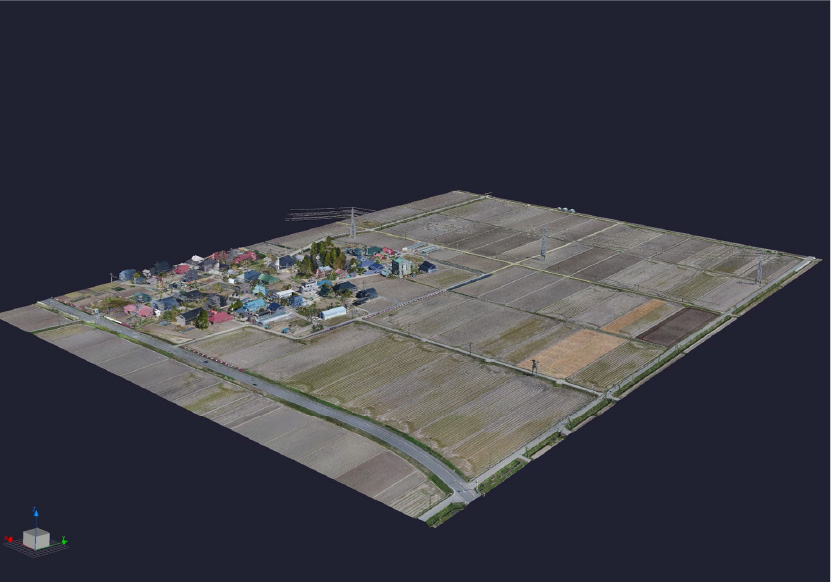
Akutagawa: One idea that I am working on now is how to utilize foreign workers better. In light of Japan’s population decline [shrinking by about 420,000 people last year], we definitely will need more foreigners. In order to be able to receive technical trainees, Iwaki City, for example, has formed a committee to address ways to communicate with foreign workers. As a committee member, I am taking part in the discussions.
In the area of the medical uses of radiation, I also want to work on therapies using radioisotopes internally: specifically, unsealed source radionuclide therapy (RNT), which is promising as a cancer therapy, and which is being studied at the Isotope Science Center of the University of Tokyo. Given that Japan currently depends on aged reactors located overseas for radioactive materials for nuclear medicine, and that it is behind in the field, I established a specific area in Iwaki City, proposing to change the situation.
In therapies using radioisotopes internally, a radioisotope suitable for the patient’s cancer, produced by a small accelerator and administered internally, provides pinpoint treatment. Accordingly, there are few side effects, and patients can get treated while they continue to work.
It would be very meaningful to establish a facility in the NIT Fukushima College to train people, including radiochemists, and to generally nurture human resources who can contribute to the medical field while based in Fukushima. Cooperation from the industry would also be welcome.
Another thing I am now working on is technologies to fully automate farm machines to be used in rice fields. As Japan’s population declines, there will be fewer farmers. Beyond agriculture, there is concern about natural disasters. As rice paddies can hold large quantities of water, they play the role of dams, so their disappearance would increase the risk of flooding. Maintaining them somehow is thus important.
In Japan, when it comes to rice, farmers like to grow higher-quality grades as a matter of branding. In my experience in the United States, however, even average Japanese rice—generic brands, not necessarily premium ones—is delicious enough. Higher prices are a problem. Otherwise, it would probably sell well, especially if farming could be automated and personnel costs cut.
Working together with a local company, I have just started on the automation. We are developing elemental technologies. The most suitable planting routes are plotted based on 3D maps, allowing the controlled automation of farming operations. Because my parents are farmers, I personally did a lot of the farm work. I appreciate that the most important thing is having accurate maps. If the map is not accurate, nothing will function. The challenge is to establish the technology to control operations. We are working on making it available commercially.
When the technology is completed, it will be applied first to lawn mowers at golf courses, where the hurdles of legal regulation are lower, demonstrating practical use. There are about 2,200 golf courses in Japan and they, too, are suffering from shortages of workers, specifically, people to cut the grass. Linking it to the quasi-zenith satellite system known as Michibiki, a Japanese positioning system integrator, I hope to realize the full automation of farming machines, from the garage to the field. Nothing anywhere else matches our efforts toward full automation.
I see a market there, and am sure it can be realized by combining existing technologies. A demonstration test of automated operation will be conducted at the Fukushima Robot Test Field in Minami-Soma City. Thanks to the test, we may even be able to attract more attention and draw industries to Fukushima.
A shrinking farming population can afflict any local city, and that would be devastating to the entire country. For these reasons, I am calling on as many industries as possible to participate in our effort.
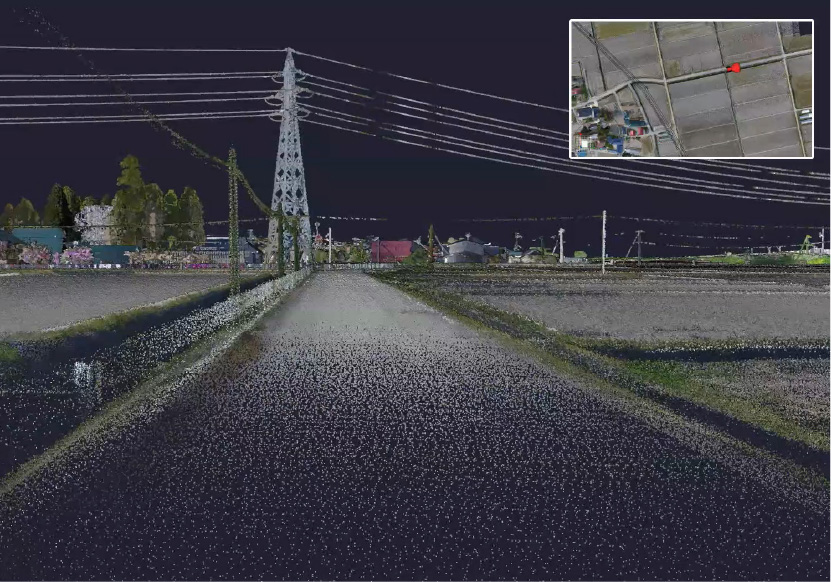
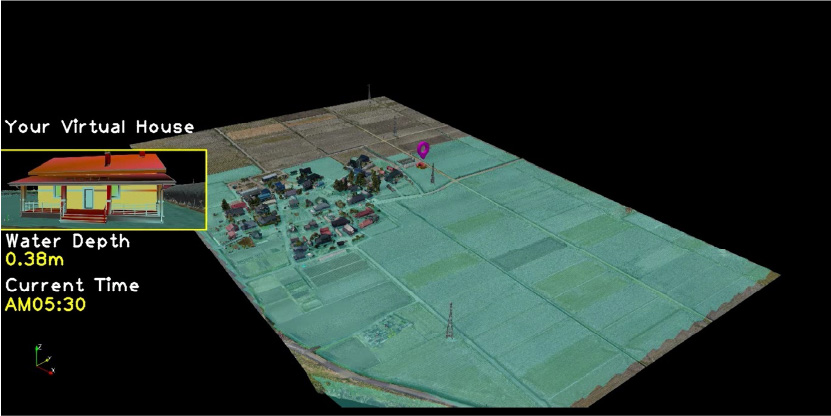
– Finally, please give us any message that you might have for people in Japan and overseas, given that you are someone who has been engaged in the creation of “attractive” communities and in the nurturing of human resources.
Akutagawa: As I noted at the beginning of the interview, the kind of problems that Fukushima faces now are the same ones that cities in Japan outside the Tokyo metropolitan area will face three decades from now. Would you—in your cities now—think together with us about our futures? Please do not think that our problems are uniquely ours. That is what I want to say. Fukushima’s issues will be the issues of your future as well. If we can find solutions to them, I think that your future will be brighter, too, so let’s think about them together. That is what I want to say to everyone.


